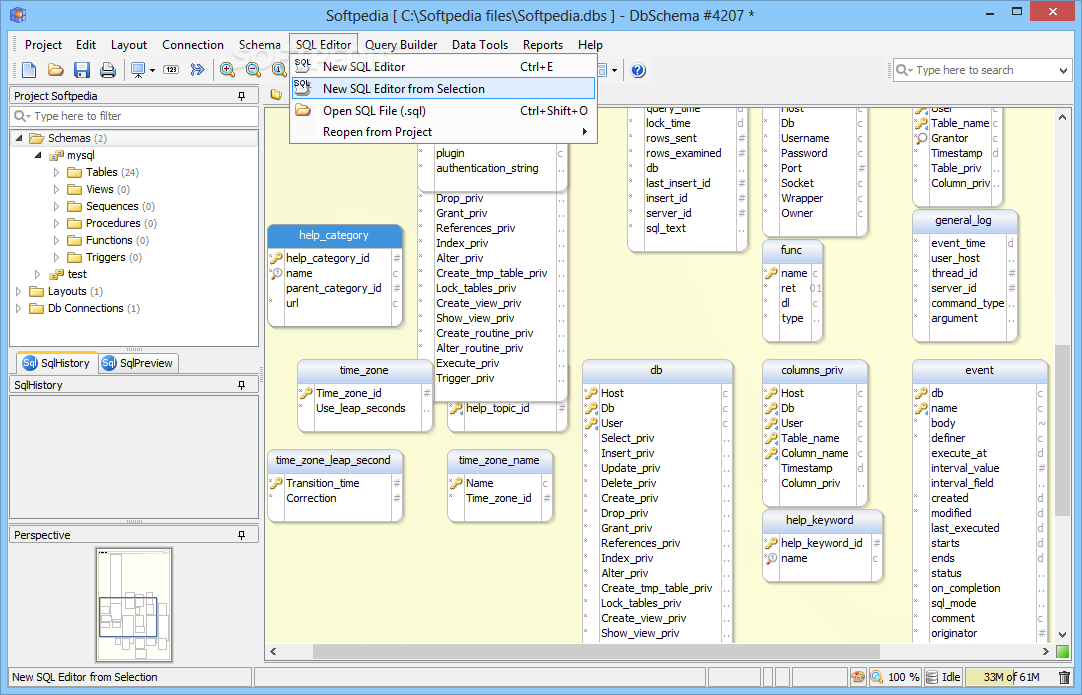
You can create the needed statements with: Select 'exec sp_rename ' + name + ' ,' + name + '_org ' from sys.tables where name like 'mq%' You can generate the needed statements with:

See the following:Ĭreating an Alternate Database Schema Manually Is mandatory versioned in Automation Engine and will be activated by DBLOAD.Can be switched from/to the classic database scheme.Therefore we outsourced the MQ tables into a separate database with the feature of ghost records disabled. Since the Automation Engine is transaction-based, it writes every transaction in the database and deletes it after successfully processing it. The weak point of our database were MQ tables. On big systems, the ghost cleanup process, a single-threaded task, may fall behind the rest of the system and blocks it. However, there is a downside, which is the ghost cleanup task. This concept guarantees a performance boost when deleting many rows.

When rows are deleted, they are simply marked as ghost records instead of physically being deleted. The concept of ghost records was introduced by Microsoft to enhance the performance of the database. Those tables outsourced to the second database are linked with the classic one via synonyms. In the alternate database scheme, the first database looks similar o the classic Automation Engine database, while the second database is a simple one with heap tables that writes no transaction logs. The architecture diagram below shows the classic and alternate database schemas. For these users, Automic provides an alternative scheme for the Automation Engine, which actually splits the classic Automation Engine database into two separate databases. Some users that run the Automation Engine with a MS SQL Server database and generate many transactions that results in having problems with the ghost clean-up process. Integrating an Alternative MS SQL Server Schema


 0 kommentar(er)
0 kommentar(er)
